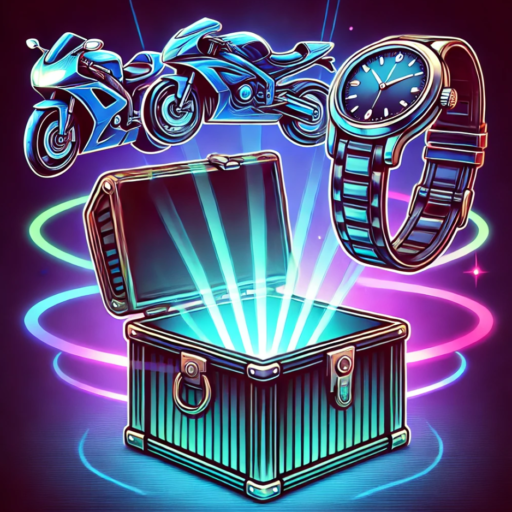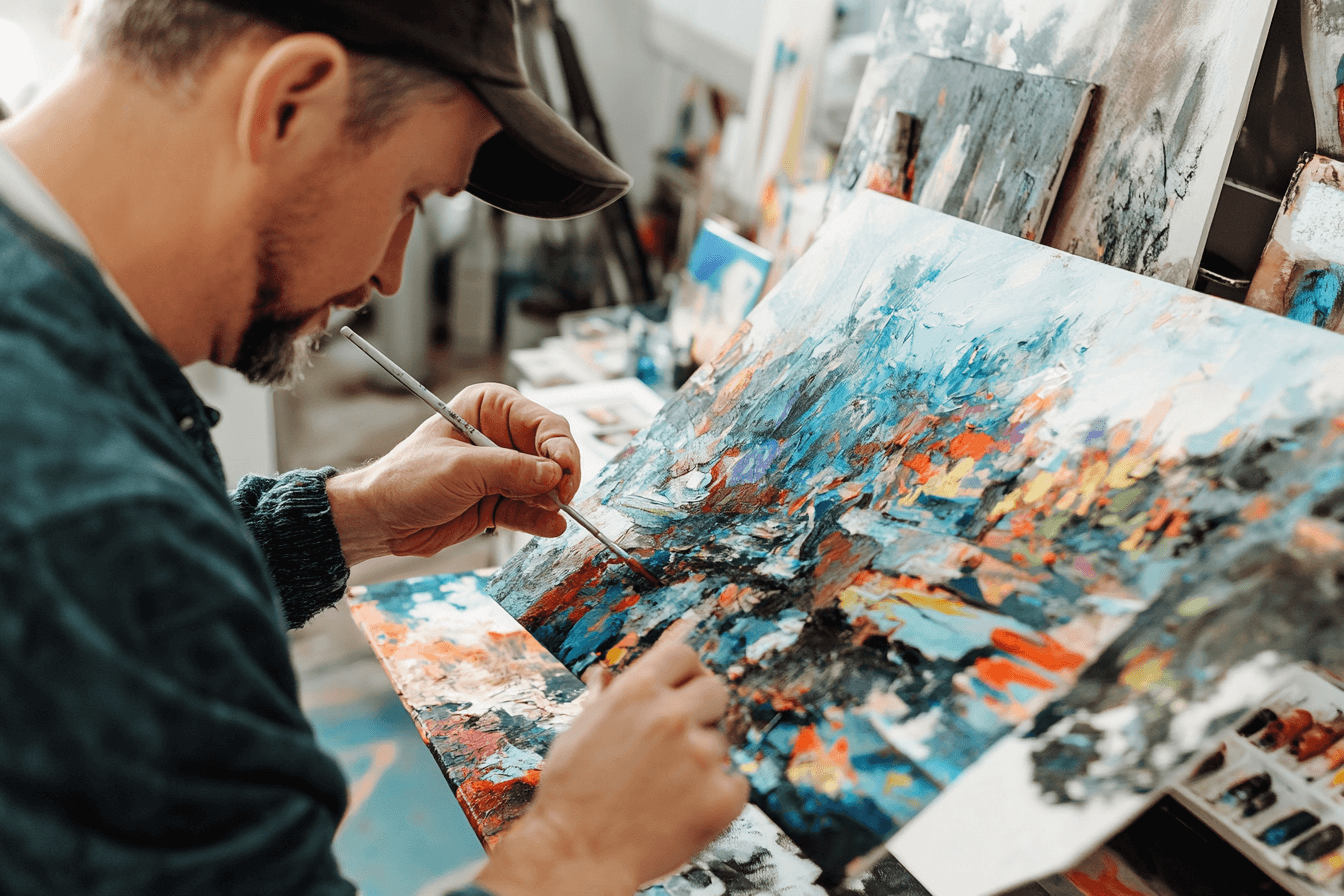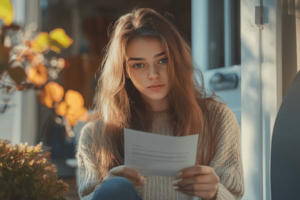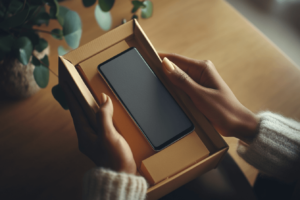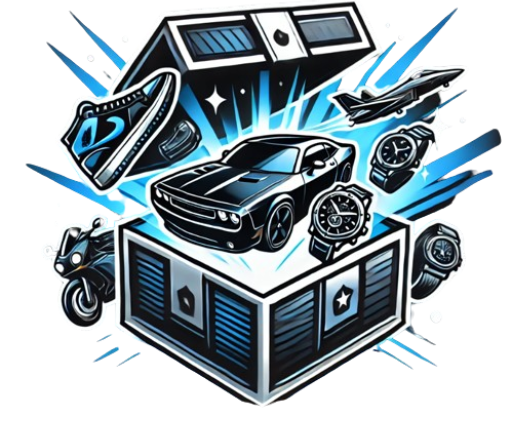Characteristics of art and creativity websites
Art and creativity websites are a vibrant intersection of design, functionality, and inspiration. These platforms cater to both artists seeking to showcase their work and audiences eager to discover and engage with creative content.
Visual design and aesthetics
The visual design of art-focused websites is paramount. A clean, minimalistic layout often takes precedence to let the artwork shine. Vibrant color palettes, typography that complements artistic themes, and responsive designs that adapt seamlessly to different devices are common features. Sites like Behance or Dribbble exemplify how polished aesthetics enhance user experience.
User-friendly navigation
Ease of navigation is crucial for keeping users engaged. Artists and visitors alike must be able to access galleries, portfolios, and features without confusion. Intuitive menus, search bars, and categorized sections ensure users can find what they need quickly. Many platforms also integrate breadcrumb trails and « back to top » buttons to streamline the browsing process.
Accessibility for artists and viewers
Art and creativity websites need to be inclusive and accessible. Features such as text-to-speech, high-contrast modes, and screen-reader compatibility allow individuals with disabilities to engage fully with content. Platforms like DeviantArt and ArtStation have started prioritizing accessibility, ensuring that everyone can participate in and appreciate the creative community.
Notable art and creativity platforms
The digital world offers a wealth of platforms tailored to different artistic disciplines. These websites provide not only exposure but also a sense of community for creators.
Platforms for visual artists
Websites such as ArtStation and Behance cater specifically to visual artists. They offer professional-grade portfolio tools, customizable galleries, and opportunities for networking. ArtStation is particularly popular among digital illustrators and 3D artists due to its emphasis on high-quality visuals and integration with industry professionals.
Platforms for writers and storytellers
For writers, platforms like Wattpad and Medium serve as digital havens. Wattpad is ideal for storytelling, with a focus on serialized fiction and audience interaction, while Medium appeals to essayists and thought leaders with its polished publishing tools. These platforms foster creativity by encouraging writers to share their work and receive constructive feedback.
Platforms for multi-disciplinary creators
Some platforms, such as Patreon, cater to multi-disciplinary creators who produce a variety of content. Patreon’s subscription model allows artists, musicians, podcasters, and more to monetize their work directly. Its flexibility enables creators to explore and combine mediums, fostering unique artistic ventures.
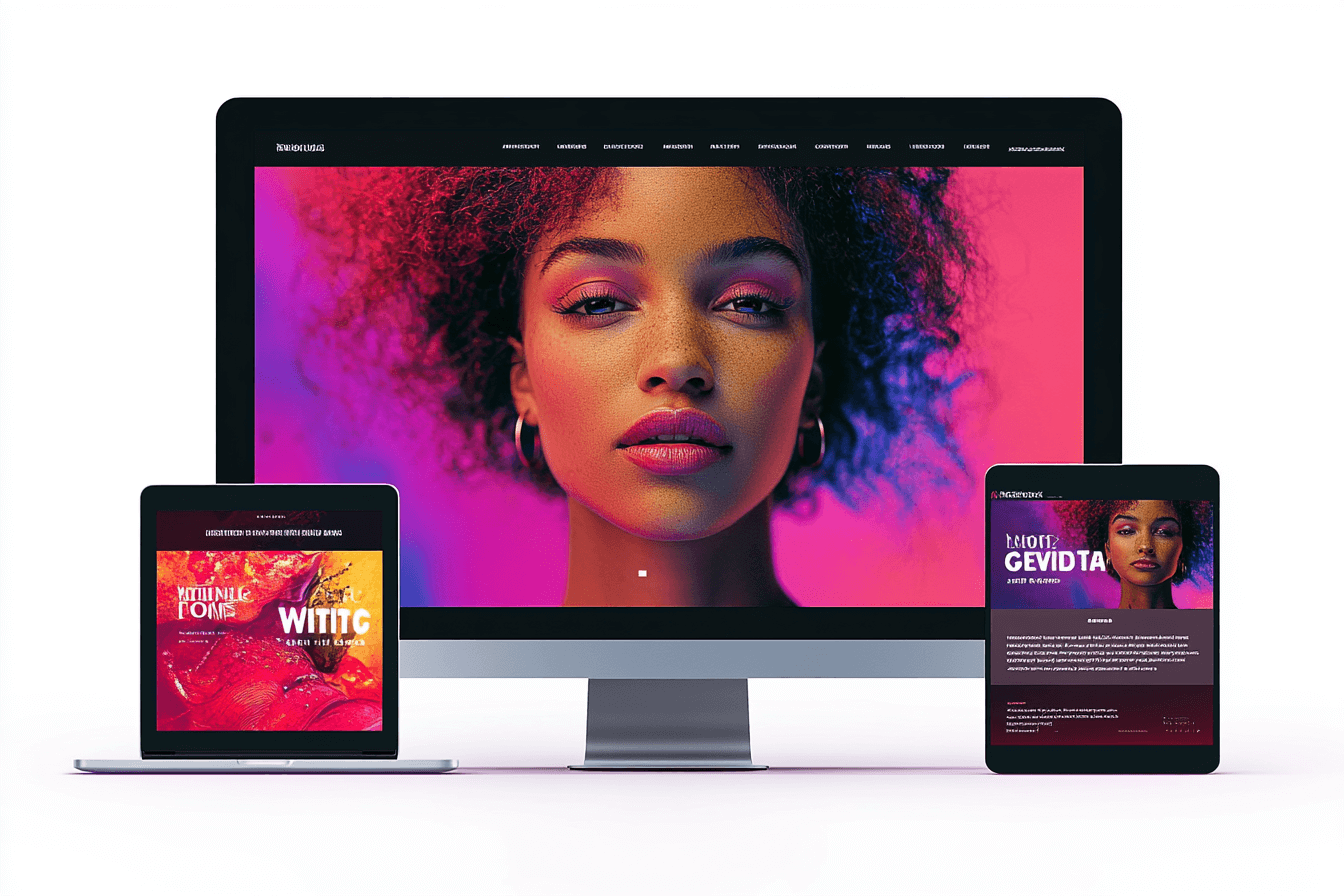
Features that enhance user engagement
User engagement is a cornerstone of successful art and creativity websites. From interactive tools to community-driven elements, these features encourage users to stay connected.
Interactive portfolios and showcases
Interactive portfolios allow artists to present their work dynamically. Features like 360-degree views, animation playback, and hover effects create immersive experiences. Platforms like Adobe Portfolio and Squarespace empower artists to craft tailored showcases that captivate audiences.
Collaboration tools and community spaces
Collaboration is at the heart of many creative projects. Websites such as MURAL and Figma provide tools for team brainstorming, real-time editing, and co-creation. Meanwhile, community forums on platforms like DeviantArt and Reddit’s creative subreddits encourage artists to exchange ideas, offer critiques, and form meaningful connections.
Tutorials and learning resources
Educational resources are integral to helping users refine their skills. Websites like Skillshare and YouTube have become go-to platforms for tutorials on painting, graphic design, photography, and more. Many art platforms now embed step-by-step guides and video tutorials, ensuring that creators have access to growth opportunities.
How these sites foster creativity
Art and creativity websites do more than host content; they nurture innovation and empower creators to push boundaries.
Encouraging unique artistic voices
Platforms often celebrate individuality by spotlighting unique styles and approaches. For example, Instagram’s algorithm occasionally highlights non-traditional art forms, bringing niche creators to a wider audience. This emphasis on originality inspires users to experiment and evolve their artistic identities.
Offering feedback and critique opportunities
Constructive feedback is invaluable for artistic growth. Many platforms, like DeviantArt, offer dedicated sections for critique where users can request and provide feedback. Similarly, writing platforms like Scribophile emphasize peer reviews, creating a collaborative environment that benefits all participants.
Celebrating diverse creative communities
Diversity is a hallmark of modern art websites. By showcasing artists from various cultural, social, and geographical backgrounds, these platforms promote inclusivity. Initiatives like Behance’s curated collections highlight underrepresented voices, fostering a global community that values different perspectives.
Challenges and future opportunities for art sites
While art and creativity websites offer incredible opportunities, they also face challenges in an ever-evolving digital landscape.
Balancing accessibility and professionalism
Striking a balance between accessibility for amateur artists and professionalism for industry veterans is a delicate act. Platforms like Etsy have managed this well, creating spaces where hobbyists can sell crafts alongside skilled artisans. However, maintaining this equilibrium requires constant adaptation.
Navigating monetization and artist support
Monetization remains a significant hurdle for creators. While Patreon and Ko-fi have made strides in supporting artists financially, many platforms struggle with ensuring fair revenue distribution. Subscription models, ad revenue sharing, and crowdfunding offer solutions, but platforms must navigate these strategies carefully to avoid alienating users.
Embracing technological innovations
The rise of technologies like AI, augmented reality, and NFTs presents new opportunities and challenges for art websites. AI tools can assist in content creation, while AR enables immersive artistic experiences. However, these technologies must be implemented thoughtfully to avoid excluding traditional artists or fostering unethical practices.
